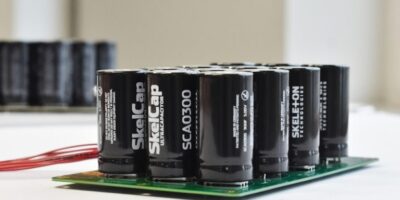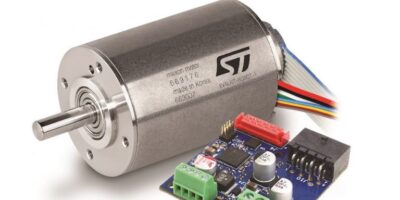Israeli company, Autotalks has announced that its second generation vehicle to everything (V2X) chipsets are Federal Information Processing Standard (FIPS) -certified for secure C-V2X or DSRC (dedicated short range communications) deployment in the US.
Autotalks’ V2X chipsets achieved FIPS 140-2 security level 3 certification from the US National Institute of Standards and Technology (NIST). Its Craton2 and Secton embedded hardware security module (eHSM) is the first V2X HSM to achieve this certification.
FIPS 140-2 is a US government computer security standard that is used to approve cryptographic modules. The US Department of Transportation recommends level 3 certification for V2X HSM in order to prevent the theft of security credentials.
“This makes Autotalks chipsets the only truly secure C-V2X/DSRC chipsets which are ready for deployment in the US,” said Yaniv Sulkes, Autotalks’ vice president of business development and marketing in North America and Europe. “[The chipset] allows automakers to deploy Autotalks’ secure V2X chipset using either V2X technology, with the option to later change to another technology, thus eliminating risk of wrong technology selection.”
Autotalks’ chipset isolates V2X from the non-safety domains, to provide domain separation and security, scalability, and cost-optimisations of telematic control unit (TCU) deployments. The embedded HSM exceeds the secure storage size defined by US DOT V2X NPRM, assures access to secure assets only by authorised processes and includes crypto-agility for future-proof cyber defence.
Autotalks is a V2X chipset provider, and says it helps reduce collisions on roadways and improve mobility with its automotive qualified chipsets. The chipsets offer secure, global V2X communications designed for autonomous vehicles. The technology complements the information coming from other sensors, specifically in non-line-of-sight scenarios, rough weather, or poor lighting conditions. It significantly improves overall road safety, effectively coordinating vehicles, self-driving cars, motorcyclists and pedestrians.







